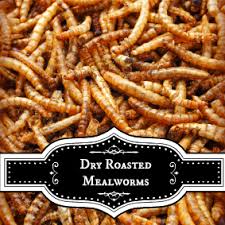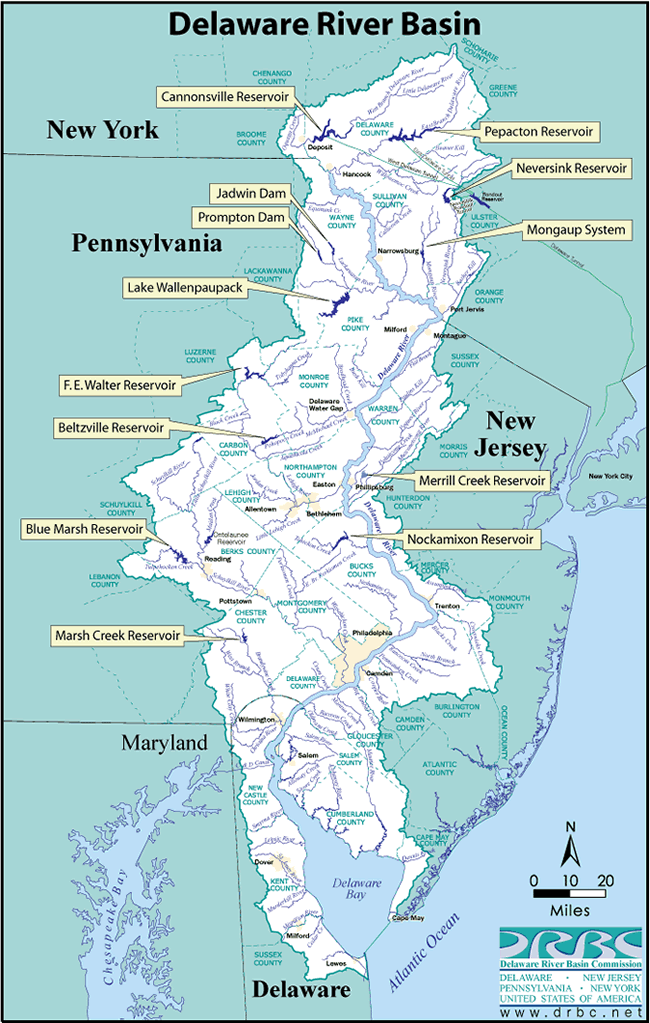FDA Reports 12% of U.S. Spice Imports Contaminated With Insect Parts And Rodent Hairs…What’s In Your Salad?
By admin on October 30, 2013
New York Times reporter Gardiner Harris reported on October 30, 2013 that an FDA study found that about 12 percent of spices brought to the United States are contaminated with insect parts, whole insects, rodent hairs and other things, based upon an analysis of spice imports.
that about 12 percent of spices brought to the United States are contaminated with insect parts, whole insects, rodent hairs and other things, based upon an analysis of spice imports.
According to FDA officials, it is unclear what share of the nearly 1.2 million annual salmonella illnesses in the United States result from consuming contaminated spices. Less than 2,000 people had their illnesses definitively tied to contaminated spices from 1973 to 2010, and most people eat spices in small quantities. But because people often fail to remember eating spices when asked what foods might have sickened them, FDA officials speculated that problems related to spices may be under-reported. The Scientific literature has associated foodborne illness outbreaks from microbial contaminants in spices.
According to the FDA, spice imports from Mexico and India have been found to have the highest rate of contamination. Nearly one-quarter of the spices, oils and food colorings used in the United States comes from India. However, reports have associated salmonella outbreaks with spices associated with other spice exporters as well, including Italy. The spices under scrutiny include widely sold, everyday spices, including oregano and basil, among many others.
"The American Spice Trade Association, which is dedicated to ensuring the supply of clean, safe spice to the American public, had not yet seen the FDA report and therefore could not comment. However, spice manufacturers have argued in the past that food manufacturers often treat imported spices before marketing them. Therefore, findings of contamination levels in FDA’s import screening program do not necessarily mean that spices sold to consumers are dangerous.
The adverse publicity facing the spice industry is endemic of much greater litigation risks to the food industry as a whole. “The New Lawsuit Ecosystem” (10/13), a report issued by the U.S. Chamber Institute for Legal Reform, identifies food class action litigation as an emerging liability threat to American business.
The Executive Summary states that the report describes the "lawsuit ‘ecosystem’ for the areas of litigation abuse of most concern to the business community….Defending these lawsuits drains millions of dollars from businesses that could be spent spurring business expansion and creating new jobs with few countervailing benefits.” Although the emphasis of the discussion concerns class action litigation alleging trivial violations of federal regulations, there is no question that food poisoning claims have riveted media and public attention as well. Some plaintiff lawyers have devoted their entire practice to the prosecution of food poisoning claims.
Food poisoning litigation has also become big business for companies that host legal conferences. An upcoming conference in San Francisco, sponsored by the American Conference Institute, is titled "Food Borne Illness Litigation: Advanced strategies for Defending and Managing High Profile Food Contamination Claims". An advertisement for the conference leads with the following:
Each year roughly 1 in 6 Americans (or 48 million people) get sick, 128,000 are hospitalized, and 3,000 die of foodborne diseases.”
– 2011 Estimates from the Center for Disease Control and Prevention
There is no question – as the food supply becomes more global, the chance of contamination increases. The latest food outbreaks come from non-traditional pathogens and foods that came from overseas – the number of affected people is still unknown. In addition, the increasing reliance on international suppliers has led to a host of supply chain food safety issues that are increasingly difficult to monitor and combat.
The defense bar is also mobilizing considerable resources and effort to assist companies targeted by plaintiff lawyers. One prominent defense firm is urging its clients to be prepared by assembling a litigation response team to develop a "thorough traceback program through which food items can be traced back to their origins". This firm cautions that defending these cases is not for amateurs, but requires the "coordination of expedited investigation and documentation, evidence location and preservation, supplier agreements and indemnification commitments, selection of and consultation with (often) a constellation of experts…."
targeted by plaintiff lawyers. One prominent defense firm is urging its clients to be prepared by assembling a litigation response team to develop a "thorough traceback program through which food items can be traced back to their origins". This firm cautions that defending these cases is not for amateurs, but requires the "coordination of expedited investigation and documentation, evidence location and preservation, supplier agreements and indemnification commitments, selection of and consultation with (often) a constellation of experts…."
Any litigation arising from Mr. Harris’ story in the New York Times about contaminated imported spices should be recognized for what it really is…..the tip of an enormous iceberg that has been heading toward the food industry for some time.

 On April 18, 2012,
On April 18, 2012,